Jesień to dla naszego organizmu szczególnie wymagający okres. Zmieniająca się pogoda wraz z dużymi wahaniami temperatur, coraz krótsze dni i coraz więcej czasu spędzanego w pomieszczeniach pełnych zakatarzonych współtowarzyszy to recepta na bezustanne infekcje. Może się wydawać, że wypoczęci po wakacjach, jesteśmy w świetnej formie, jednak rezerwy naszego organizmu szybko się wyczerpują w kontakcie z różnymi czynnikami obniżającymi odporność – a tych jesienią mamy pod dostatkiem. Jak więc zadbać o prawidłową dietę, która pomoże wzmocnić odporność i poprawi nasze samopoczucie? O tym w artykule!
Moc kolorowych warzyw
Jesienna dieta nie jest bardzo trudna do wdrożenia – wciąż mamy dostęp do dużej ilości warzyw. Pamiętajmy, że jedzenie zaczyna się oczami – intensywne jesienne kolory warzyw na naszym talerzu od razu wywołują uśmiech na twarzy. Zielony jarmuż, pomarańczowa dynia, bordowe buraczki… Już na samą myśl o takich połączeniach kolorystycznych łatwiej znieść jesienną szarugę.
Od kilku lat specjaliści od żywienia jak mantrę powtarzają, że warzywa powinny dominować w naszych posiłkach i razem z owocami powinniśmy ich zjadać 5 porcji dziennie. Co jest w nich takiego szczególnego, że zostały uznane za właściwie najważniejszy element naszej diety?
Paradoksalnie głównie woda, przez co zdecydowana większość warzyw jest bardzo niskokaloryczna – zajadając się nimi do woli, mamy niewielkie szanse, by nabawić się otyłości. Oprócz wody znajdziemy w nich także niewielkie ilości podstawowych makroskładników jak białka, węglowodany czy tłuszcze. Są za to skarbnicą substancji mineralnych, witamin i bogactwa składników bioaktywnych – głównie z grupy polifenoli, glukozynolanów, fitoncydów, takich jak allicyna w czosnku, czy szczególnie korzystnych dla organizmu frakcji błonnika pokarmowego (np. inulina zawarta w cykorii).
Związki te mają bardzo szerokie spektrum oddziaływania na nasz organizm. Przede wszystkim wpływają na naszą równowagę oksydacyjną, czyli zdolność organizmu do radzenia sobie z tzw. „wolnymi rodnikami”, co ma kluczowe znaczenie w zapobieganiu stanom zapalnym w organizmie. Związki bioaktywne mogą także modulować pracę naszego układu odpornościowego. Dodatkowo część składników bioaktywnych warzyw ma bezpośrednie działanie bakteriobójcze czy przeciwwirusowe (wspomniane wcześniej fitoncydy), dzięki czemu wspierają one nasz organizm nie tylko poprzez podnoszenie jego zdolności do samoobrony, ale też uczestniczenie w procesie zwalczania drobnoustrojów.
Te naturalne „antybiotyki” różnią się znacząco od leków podawanych w czasie infekcji – nie oddziałują negatywnie na mikroflorę przewodu pokarmowego, a to właśnie nasze jelita i żyjące w nich bakterie probiotyczne stanowią centrum dowodzenia naszą odpornością. Spożywanie warzyw o zdolnościach bakteriobójczych nie tylko nie szkodzi naszym probiotykom, ale wprost działa na ich korzyść, ponieważ dobre bakterie bardzo lubią błonnik pokarmowy zawarty w warzywach.
Bogate w witaminę C warzywa kapustne
Choć właściwie wszystkie warzywa są zdrowe, to te jesienne mają szczególną moc. Bardzo wartościowe są warzywa kapustne (krzyżowe) – zaczynając od naszej zwykłej białej kapusty przez brokuły, kalafiory, brukselkę, na jarmużu kończąc.
Co ciekawe, warzywa z tej grupy są doskonałym źródłem witaminy C – większość z nich ma jej więcej niż cytrusy! Ich wyjątkowa wartość dla zdrowia wynika z bardzo wysokiej zawartości polifenoli i glukozynolanów. Związki z tej grupy, takie jak choćby sulforafan, mają silne działanie przeciwnowotworowe. Oczywiście dla naszej odporności i samopoczucia też potrafią zdziałać cuda. Warzywa z grupy krzyżowych świetnie nadają się do kiszenia – a naturalnie ukiszone są źródłem probiotyków dbających o naszą mikroflorę, która również jest wrażliwa na odczuwane przez nas stres i zmęczenie.
Magiczna dynia
Do innych szczególnie wartościowych kulinarnych darów jesieni możemy zaliczyć dynię. Obecnie na straganach można ją dostać w wielu kształtach i rozmiarach. W zależności od odmiany miąższ może być:
- słodszy – takie świetnie nadadzą się na desery i jako baza do ciast;
- bardziej wytrawny (jak miąższ dyni makaronowej) – te doskonale sprawdzą się w kompozycjach obiadowych.
Poza tym, że świetnie komponuje się w prawie każdym daniu, dynia jest źródłem karotenoidów, witamin z grupy B, takich jak kwas foliowy i niacyna, oraz wielu składników mineralnych – w tym wapnia, magnezu, selenu, potasu i cynku.
Najlepszym rozwiązaniem dla naszego zdrowia będzie wykorzystanie jej razem z pestkami, będącymi źródłem wielu niezbędnych nienasyconych kwasów tłuszczowych oraz antyoksydacyjnej witaminy E. Są to związki istotne nie tylko dla naszej odporności, ale także dla funkcjonowania układu nerwowego, w związku z czym one również wpływają na nasze samopoczucie oraz zdolność do koncentracji.
Prozdrowotne działanie warzyw okopowych
Nie zapominajmy o warzywach okopowych – jesień to okres marchewek, buraków, pasternaku czy topinamburu. Każde z nich różni się nie tylko kolorem, ale też dominującymi związkami o działaniu prozdrowotnym. Wszystkie są jednak pożywne i powinny regularnie gościć na naszym talerzu – najlepiej wymiennie, aby w pełni korzystać z ich dobroczynnego wpływu na naszą odporność.
A co z owocami?
Choć może się wydawać, że sezon na owoce kończy się jesienią, to właśnie o tej porze roku jest czas na przygotowanie przetworów z aronii, żurawiny, pigwowca japońskiego, derenia czy owoców dzikiej róży. Owoce te (z wyjątkiem aronii) są wyjątkowo bogate w witaminę C, która pełni kluczową rolę w pracy układu odpornościowego. Ponadto stanowią też źródło polifenoli, wykazujących działania zarówno antyoksydacyjne, jak również przeciwnowotworowe.
Pozostałe składniki odżywcze
Oczywiście na talerzu – oprócz dominujących warzyw czy owoców – powinno znaleźć się również solidne źródło podstawowych składników odżywczych. Tym, na co jesienią musimy zwracać szczególną uwagę, jest podaż ryb w diecie, będących źródłem witaminy D i kwasów tłuszczowych niezbędnych naszemu układowi odpornościowemu, a przy tym lekkostrawnego i pełnowartościowego białka. Starajmy się ograniczać mięso – nie jest nam niezbędne do prawidłowego funkcjonowania, a jego większe ilości w codziennej diecie są wręcz szkodliwe. Chcąc uzupełnić podaż witamin z grupy B, możemy wprowadzić do diety grzyby. A jesień to na to idealny czas!
W naszych posiłkach nie powinno zabraknąć pełnoziarnistych zbóż w formie kasz, makaronów czy pieczywa – one świetnie komponują się z jesiennymi warzywami. Nie zapominajmy także o orzechach – zarówno te młode laskowe czy włoskie, jak i wysuszone są bogate w wiele składników odżywczych. Tutaj warto jednak pamiętać, że choć pyszne i wartościowe, orzechy są też wysokokaloryczne. Powinniśmy więc jeść je z umiarem jako przekąskę lub dodatek do dań głównych.
 Rozgrzewające dodatki
Rozgrzewające dodatki
Jesienne menu kojarzy nam się ze szczególnymi dodatkami, takimi jak miód, kurkuma, cynamon czy chilli. Poza tym, że nadają one wyjątkowy smak i aromat naszym potrawom, są także źródłem składników bioaktywnych, świetnie wpływających na naszą odporność.
Warto przy tym pamiętać, że miodu nie polecamy do ciepłej herbaty, gdyż traci wtedy swoje prozdrowotne właściwości. Lepiej dodać go do lekko ciepłej wody z cytryną lub wkomponować w danie, którego nie podgrzewamy. Mój faworyt to upieczone kwaśne jabłka, po wystudzeniu polane miodem, posypane orzechami i cynamonem… Idealna jesienna przekąska!
Suplementacja
Na koniec warto jeszcze wspomnieć o jesiennej suplementacji. Urozmaicona i prawidłowo zbilansowana dieta nie wymaga przyjmowania dodatkowych suplementów. Od tej reguły jest jednak wyjątek, czyli witamina D. Oczywiście powinniśmy dbać o jej obecność w diecie, ale nawet ta świetnie skomponowana nie dostarczy nam tyle witaminy, ile jest nam potrzebne. Zdecydowana większość witaminy D jest bowiem wytwarzana w naszym organizmie pod wpływem promieni UV – a tych w okresie jesiennym bardzo nam brakuje. Dlatego też powinniśmy suplementować ją przez całą jesień i zimę, aż do później wiosny.
Jeżeli nie jesteśmy pewni, jaka dawka jest dla nas właściwa, najlepiej wykonać badania poziomu witaminy D we krwi i z wynikami udać się do lekarza lub dietetyka, aby przepisał nam jej odpowiednią ilość.
Do dzieła!
Jesienna dieta i odpowiednio skomponowane posiłki mogą bardzo wspomóc nas w przetrwaniu tego pełnego wyzwań sezonu i zadbaniu o swoją odporność. Oprócz tego, co jeść, ważne jest jednak także to, jak jeść. Na co dzień najlepiej planować posiłki i przygotowywać wcześniej – wtedy nie zaskakuje nas głód, który często prowadzi do sięgania po niezbyt zdrowe zapychacze. Mając z kolei trochę więcej czasu, dajmy sobie więcej luzu również w zarządzaniu jedzeniem – zjedzmy to, na co mamy ochotę, celebrując posiłki w gronie bliskich nam osób i przyjemnej atmosferze. Niech ta chwila przy stole będzie czasem relaksu i odpoczynku. To na pewno wyjdzie nam na zdrowie!
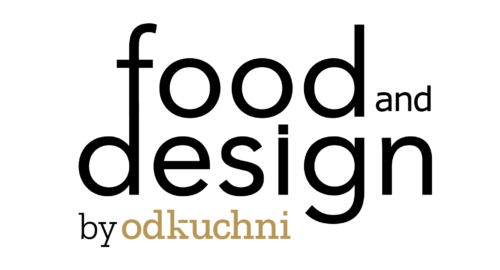
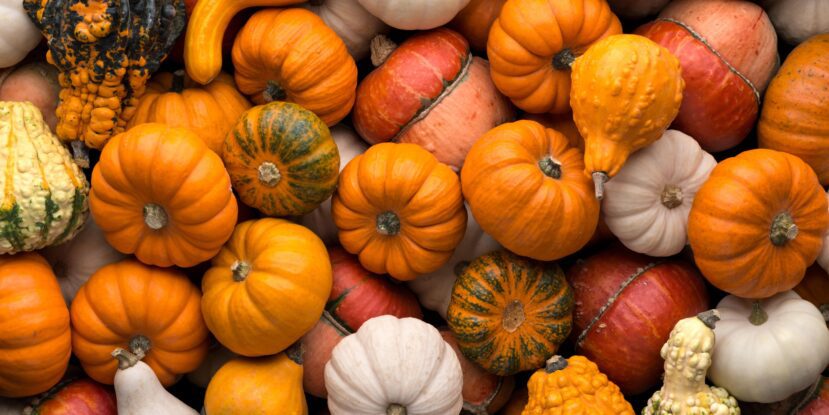
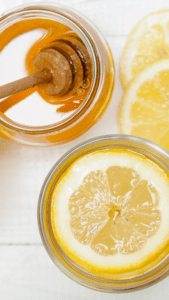 Rozgrzewające dodatki
Rozgrzewające dodatki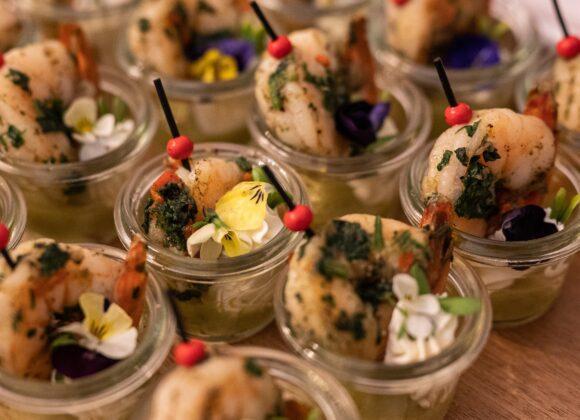
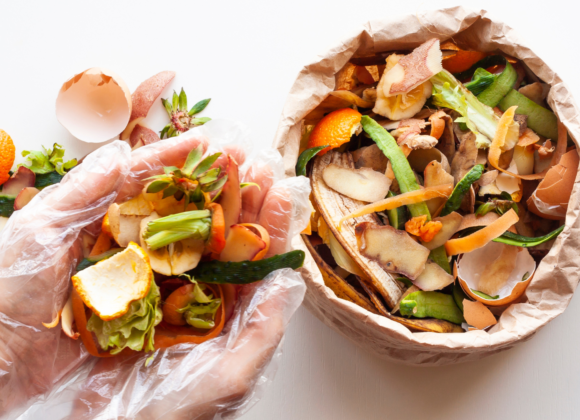






 Młodszy specjalista ds. komunikacji marketingowej i PR.
Młodszy specjalista ds. komunikacji marketingowej i PR.


 Absolwent Uniwersytetu Warszawskiego oraz Szkoły Głównej Gospodarstwa Wiejskiego. W branży HoReCa od ponad 10 lat. Przez lata związany z Grupą Trip, Sobienie Królewskie Golf and Country Club oraz restauracją Florentin w Warszawe.
Absolwent Uniwersytetu Warszawskiego oraz Szkoły Głównej Gospodarstwa Wiejskiego. W branży HoReCa od ponad 10 lat. Przez lata związany z Grupą Trip, Sobienie Królewskie Golf and Country Club oraz restauracją Florentin w Warszawe. Absolwentka Wydziału Architektury Politechniki Warszawskiej na kierunku Architecture for Society of Knowledge oraz Komunikacji Wizualnej na Politecnico di Milano. Specjalistka od budowania nastroju. Doświadczenie zdobywała w kraju i zagranicą podczas licznych warsztatów międzynarodowych (Sevilla, Lizbona, Florencja), stypendium na La Sapienza (Rzym) oraz pracując m.in. w Carmi e Ubertis i ADM Milano.
Absolwentka Wydziału Architektury Politechniki Warszawskiej na kierunku Architecture for Society of Knowledge oraz Komunikacji Wizualnej na Politecnico di Milano. Specjalistka od budowania nastroju. Doświadczenie zdobywała w kraju i zagranicą podczas licznych warsztatów międzynarodowych (Sevilla, Lizbona, Florencja), stypendium na La Sapienza (Rzym) oraz pracując m.in. w Carmi e Ubertis i ADM Milano.








 Menedżer z wieloletnim doświadczeniem w branżach kosmetycznej, spożywczej, dziecięcej. W trakcie swojej kariery związany z firmami takimi jak: L’Oreal, Samsung, Danone-Nutricia, Unilever. W ciągu swojego życia zawodowego odpowiadał między innymi za rozwój sprzedaży i contentu eCommerce w Polsce i krajach Europy Środkowo-Wschodniej.
Menedżer z wieloletnim doświadczeniem w branżach kosmetycznej, spożywczej, dziecięcej. W trakcie swojej kariery związany z firmami takimi jak: L’Oreal, Samsung, Danone-Nutricia, Unilever. W ciągu swojego życia zawodowego odpowiadał między innymi za rozwój sprzedaży i contentu eCommerce w Polsce i krajach Europy Środkowo-Wschodniej. 

























































